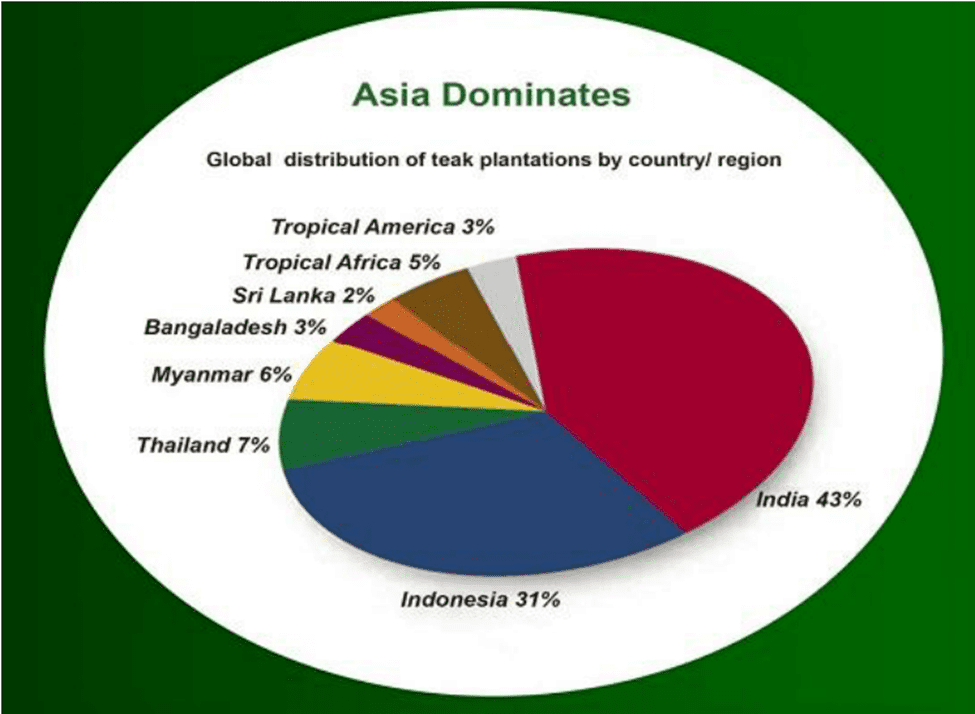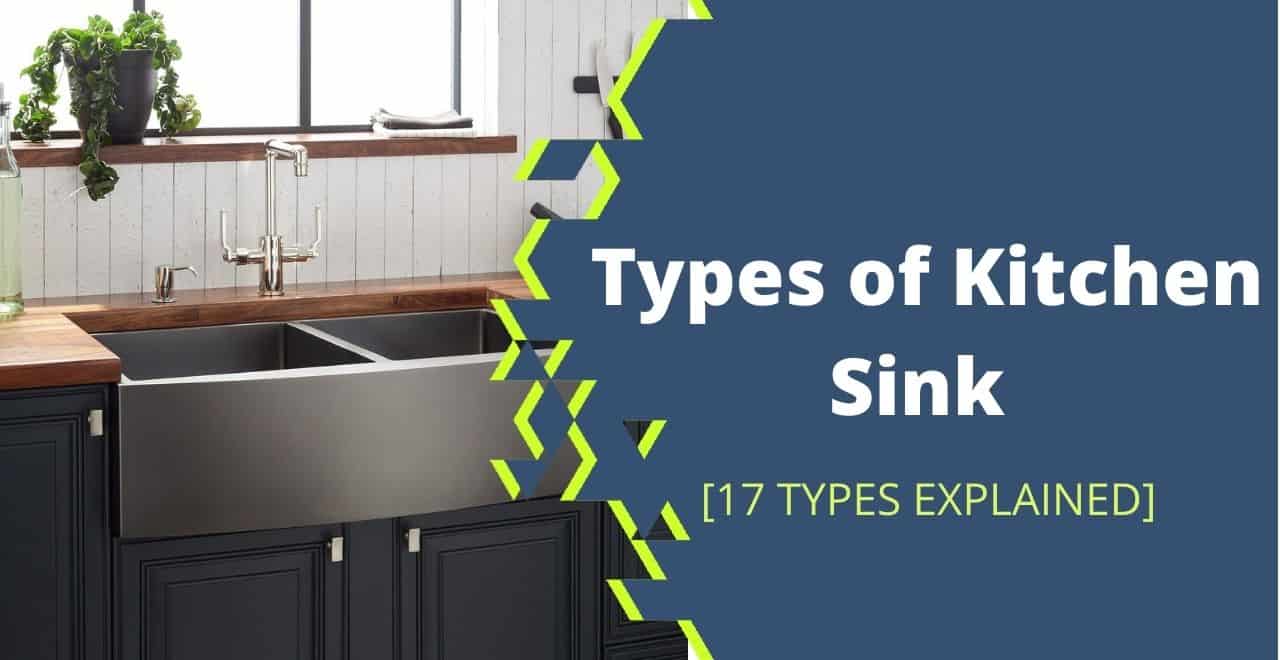The popularity of teak cutting boards has lasted for centuries. Teak cutting boards existed in the ancient royal kitchens.
Fortunately, teak boards are still popular today among many homeowners. The wooden boards provide stylish, robust, and safe kitchen equipment. But what makes teak cutting boards so popular?
This article discusses why teak wood is suitable for wooden cutting boards. Read on.
JUMP TO : Teak Wood Explained | Why Cutting Board are Best Cutting Boards | Teak Wood Demerits | Maintaining Teak Wood Board |
- Teak wood lasts for a long time compared to other woods
- It has water-proofing properties that make it resistant to termites
- It has a natural defense mechanism that makes it resistant to bacteria
- Teak retains its natural oils after processing to protect it from water and moisture
- It is beautiful and gives your kitchen an aesthetic appeal
- It’s not easily damaged and is low-maintenance wood
Teak Wood – Explained
Visually, teak wood has a medium brown color tinged with orange and gold hues, which makes it very beautiful. It also features sharp grains that are in uniform texture.
Moreover, the grains are straight but can occasionally appear interlocked or wavy. It also has a coarse, uneven texture. Its luster ranges from moderate to low.
Even after processing, its surfaces remain slightly oily or greasy.

Source:IndiaMART.com
What Makes Teak Wood Good for Cutting Boards?
Grown in parts of Southeast Asia, teak makes the best wood species for cutting boards.

Source: researchgate.net
Some of the characteristics that make it the most preferred include:
- durability
- resistance to termites
- aesthetic appeal
- resistance to rotting
- retention of natural oils
- ease of maintenance
- resistance to bacteria
Let’s look at each of these characteristics in detail.
Resistant to Bacteria
Firstly, teak wood features a strong natural defense mechanism that protects it against bacteria. In fact, this is the only wood that can resist damage from pathogens organically.
In its structure, teak contains naphthoquinone and tectoquinone, which are natural compound chemicals. The chemicals form a formidable defense mechanism against attack by bacteria, mold, mildew, and fungus.
These qualities make teak unsusceptible to decay; this explains why many homeowners widely prefer it.
Retains Mineral Oils
Many types of wood require that you keep applying oil, especially to protect them from water.
On the contrary, teak retains its natural oils after processing. Consequently, it stands out as an exceptional performer in making a kitchen wooden cutting board.
Lasts Longer than Other Woods
Good wood for a cutting board should last long.
Teak wood passes the test of durability. Teak is among the most durable hardwoods that can withstand varied extreme weather elements. All this is thanks to its tight wood grain and high natural oil content.
Teak wood furniture lasts more than 75 years. However, the cutting board can last more than 100 years because it’s mostly used indoors and is hardly exposed to harsh weather conditions.
Our close look at the feedback from user reviews shows that many users feel that teak is ideal for wood cutting boards. Although quite expensive, many users see it as a worthy investment that will last for generations.
Resistant to Termites
Termite attacks may not be a significant concern in your kitchen. However, it’s good to choose the wood that resists termite attacks.
Autumn is the most challenging season for many homeowners. It comes with increased incidences of termite infestations.
However, if your wooden cutting board is teak, you can rest easy. A study by Annals of Forest Science shows that teak wood is highly resistant to termites.
Thanks to its water-proofing properties, teak is highly resistant to termites. Additionally, it contains abundant natural oils that are key in repelling insects and unwanted moisture.
Also Read: How to Season A Cutting Board? [Simple Steps Explained]
Aesthetic appeal
Do you know that a good-looking board makes your kitchen look refreshing?

Source : royalamb.com
That’s precisely what the teak cutting boards do. Teak has a tight and straight grain pattern, making it one of the most beautiful woods.
Moreover, it has golden-brown hues. Consequently, it’s great to touch and stands out in beauty compared to other woods.
Do you know that teak is also associated with luxury and prestige?
It derives this status from its rarity, golden brown color, and rich grain. These features enable it to blend perfectly with your kitchen interior and accentuate the look of the countertop.
Not Easily Damaged
Teak boasts a hardness rating of 1,070 lbf. As such, it’s more resistant to scratches and impacts than other kinds of wood for cutting boards.
Moreover, its shrinkage is almost negligible, making it possible for you to condition it quarterly or biannually.
Teak wood comes from a broad-leaved deciduous tree; thus, it’s highly durable. It can endure both extreme heat and cold without warping.
Related Read: Can You Put Wood Cutting Board In Dishwasher?
Requires Little Maintenance
Ease of maintenance is among the greatest concerns when homeowners purchase home appliances. You would want to avoid buying an item that gives you a hectic time to maintain.
Teak is the way to go if you are looking for a wood-cutting board that requires almost zero maintenance and is virtually maintenance-free. It doesn’t require this, unlike many other kinds of wood requiring frequent oiling to protect them from moisture.
It maintains its natural oils even after processing. You need routine washing and disinfecting to keep the cutting board hygienic.
Simply wash it with a mild soapy water solution, then rinse it with clean water. If there are any grease spots, scrub them lightly with a de-greasing agent.
Demerits of Teak Wood
It’s Expensive
Teak is one of the more expensive woods in the market. Research by ResearchGate shows that the global prices of teak have kept an upward trend.

Source: researchgate.net
The average price ranges from $25 to $28 per board foot in the USA. However, the price varies in different regions.
The high cost of teak is because:
- It’s among the best woods
- beautiful and gets better with time
- lasts longer than most other woods
- It’s rare
- grown mostly in tropical regions, hence incurring transportation costs.
Availability
The demand for teak is quite high. Unfortunately, it isn’t readily available in the market as other woods.
One major cause for its rarity is that it naturally grows slowly. Additionally, it’s also not easy to harvest.
According to feedback from some of its users, teak forests have mostly been depleted, resulting in scarcity. As such, its usage has continued to decline with time, as shown below, according to research by ResearchGate.

Source: researchgate.net
Blunting Effect
Teak contains high levels of silica (up to 1.4 percent). This amount of silica greatly blunts the knife blade and other sharp edges.
Also Read: Acacia Vs. Teak Cutting Board – Here’s What To Buy!
Proper Care of Teak Cutting Board
Basic Wash
When cleaning the teak cutting board, use a gentle detergent. Dip scotch bright into the soapy water and rub the chopping board on both sides.
Light rubbing is all you need for your cutting board to be clean. However, if necessary, you can apply a little force while rubbing.
Rinse with clean water, lean it against the wall and allow it to air-dry for several hours.
Washing with vinegar
Do you feel like you need to sanitize your cutting board?
Make a solution by mixing ¼ cup of vinegar with ¾ cup of water. Spray the solution on both sides of the board, then allow it to air-dry.
Preventing Smell
Wooden Cutting boards are bound to hold the smell of meat or vegetables. Ensure you clear this smell regularly.
Get some lemon juice and rub it on the cutting surface of the board. Spread kosher salt on the surface, then rub it with lemon juice.
Allow it a few hours to dry, scrap it off gently, and wash it with clean water.
Avoiding Stains
In case of stains, rub baking soda and water gently on the cutting surface of the board, then wash with clean water.

![Wood Cutting Board Vs. Plastic Board [Which is Safer?] Wood Cutting Board Vs. Plastic Board [Which is Safer?]](https://houseadorable.com/wp-content/uploads/2023/01/wood-board.jpg)
![27 Types of Cutting Boards Explained [Buying Guide Included] 27 Types of Cutting Boards Explained [Buying Guide Included]](https://houseadorable.com/wp-content/uploads/2022/12/cutting-board.jpg)
![How to Disinfect Wood Cutting Board? [5 Methods] How to Disinfect Wood Cutting Board? [5 Methods]](https://houseadorable.com/wp-content/uploads/2023/01/1466451602030.jpeg)
![How to Season A Cutting Board? [Simple Steps Explained] How to Season A Cutting Board? [Simple Steps Explained]](https://houseadorable.com/wp-content/uploads/2022/12/cutting.jpeg)
![Is Bamboo Wood Good for Cutting Boards?[8 Reasons Explained] Is Bamboo Wood Good for Cutting Boards?[8 Reasons Explained]](https://houseadorable.com/wp-content/uploads/2023/01/316002766_5887666997938019_9068589372518329358_n.jpg)
![Granite Vs. Marble Vs. Quartz Countertops [12 Differences+Pros & Cons] Granite Vs. Marble Vs. Quartz Countertops [12 Differences+Pros & Cons]](https://houseadorable.com/wp-content/uploads/2022/03/quartz-marble.jpg)
![Can You Put A Wooden Cutting Board In The Oven? [Answered] Can You Put A Wooden Cutting Board In The Oven? [Answered]](https://houseadorable.com/wp-content/uploads/2023/01/clean-wooden-cutting-board-4772583_01-2aba9de81be84c55a8e1dbb63822b806-scaled.jpg)